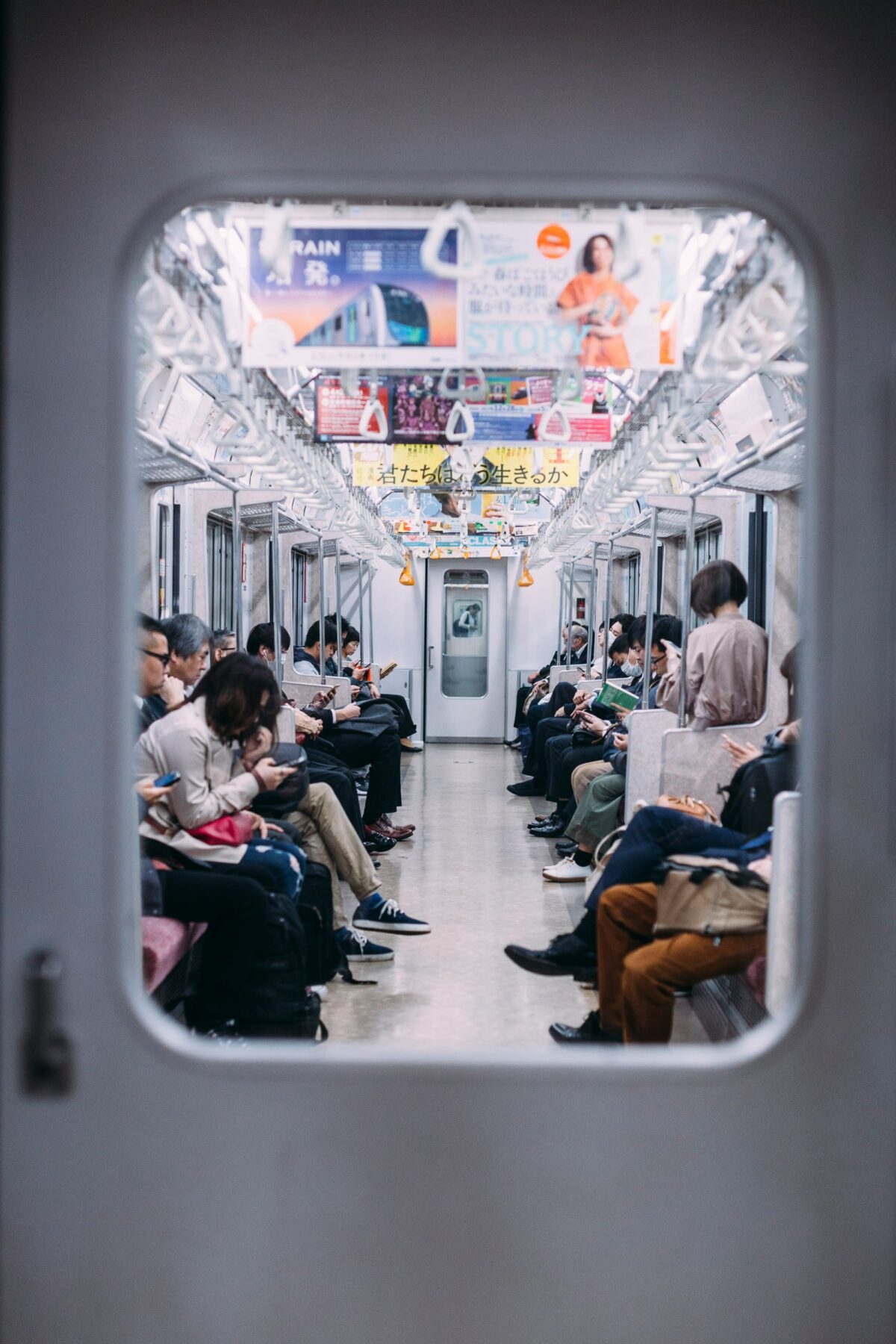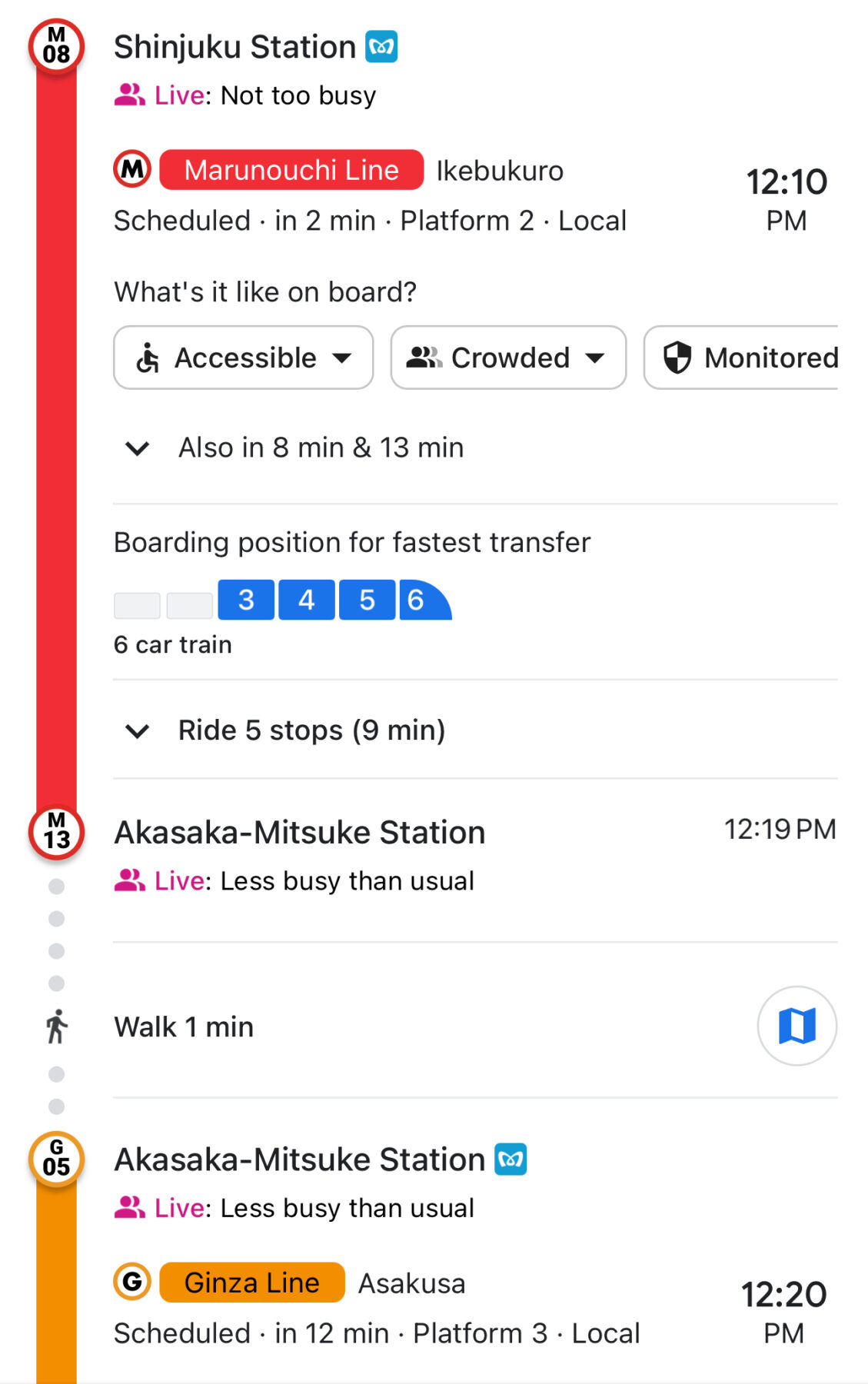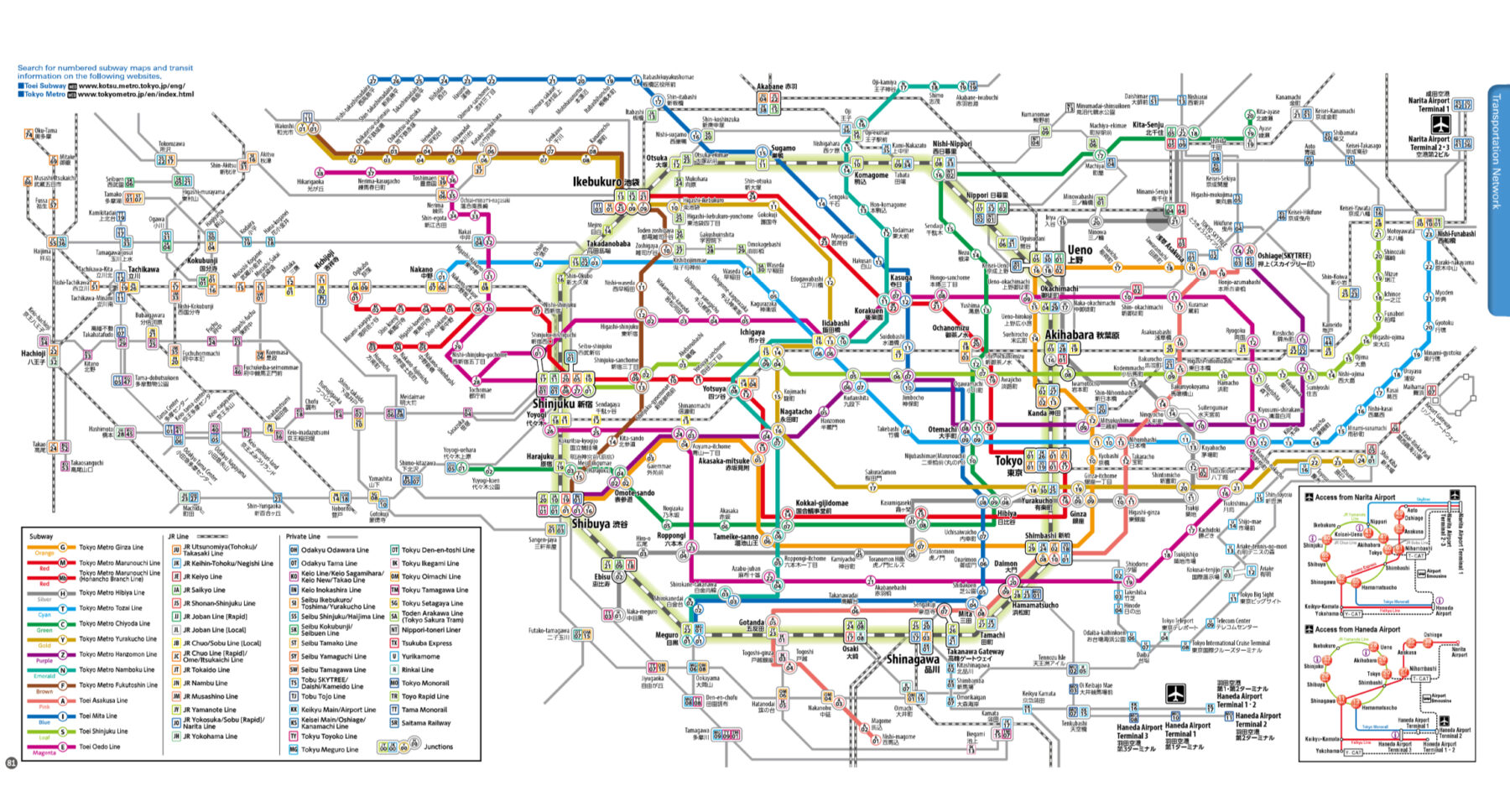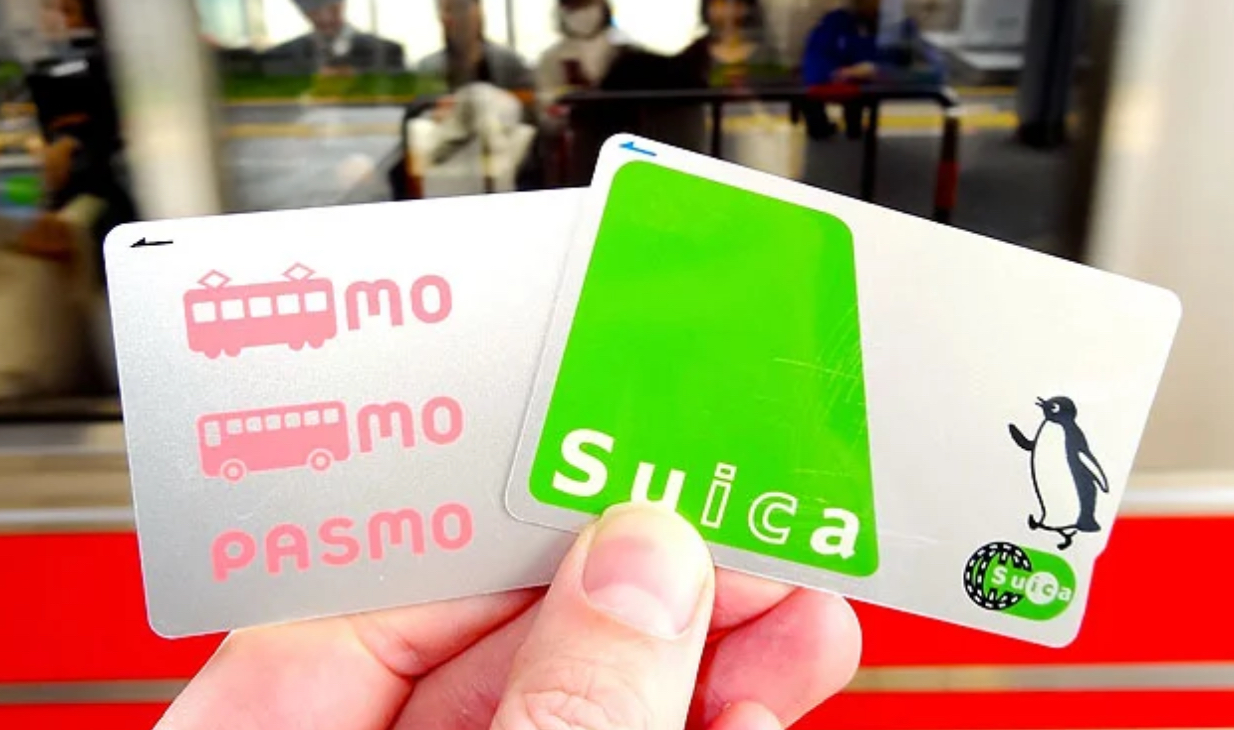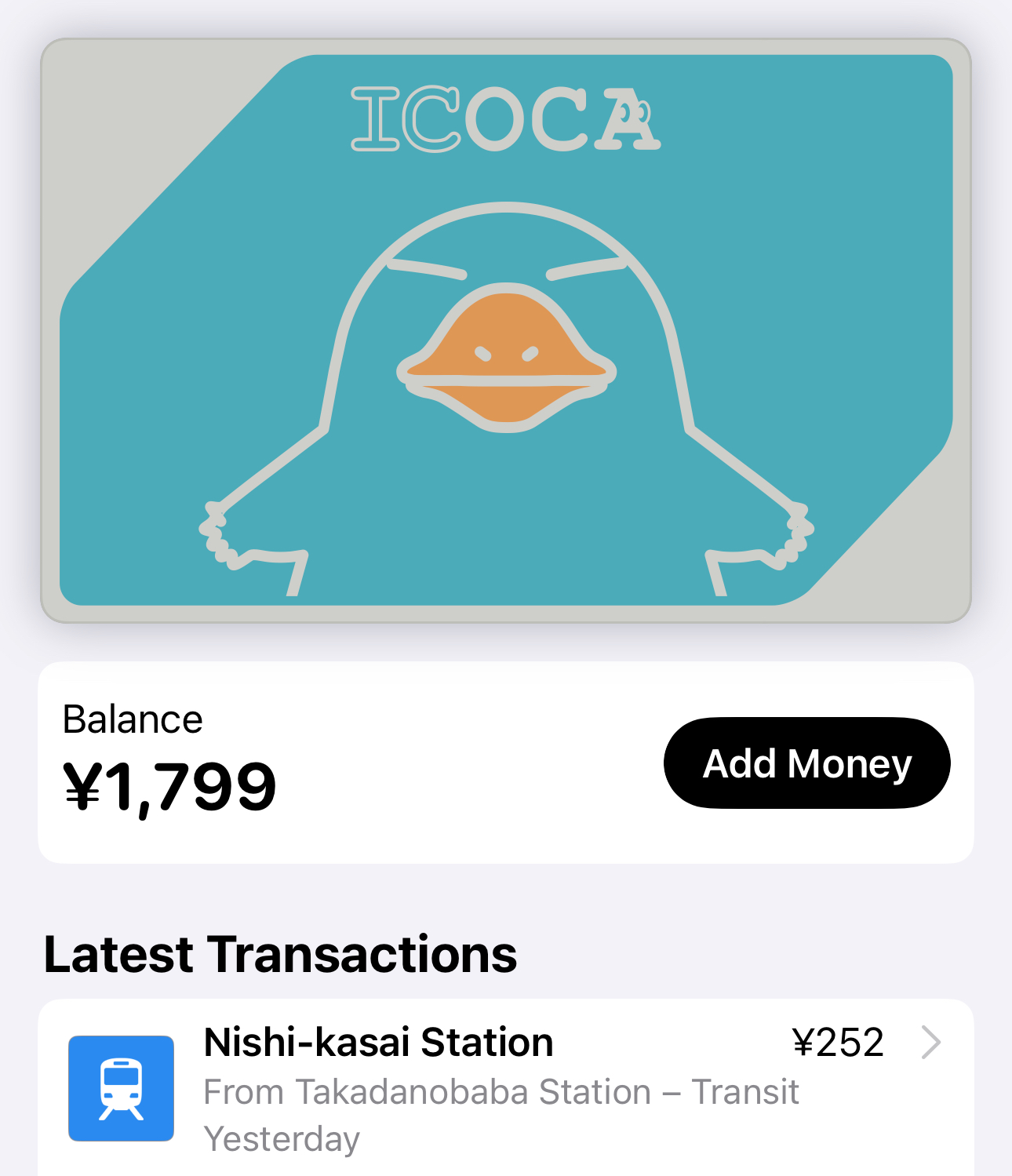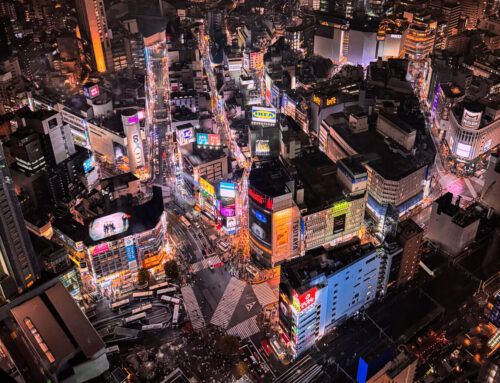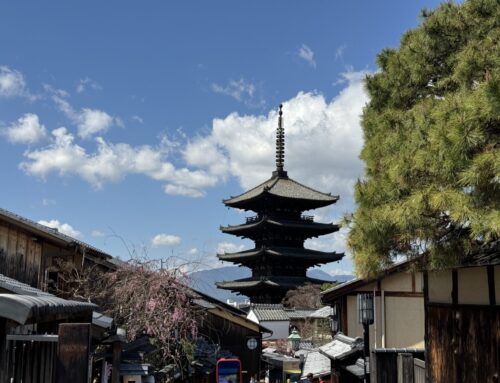How to use the Public Transportation Network in Japan
Using the subway and trains in Tokyo isn’t one of the easiest things to do, but it’s totally worth it. You save tons of money, and the trains run all day until 1 am, then they start back at 4:30 am. There are numerous train stations around the city, ensuring that the trains will run right next to where you want to go. Here, I’ll explain the best ways to use them efficiently so you don’t get too confused, hopefully.
How to Know Where to Go.
Your best friend will be Google Maps. You input your destination just like anywhere else, then select the train icon, and every possible route and its cost will pop up. Once you choose your preferred route, it will provide directions to the station, how much it will cost, which line to take, which platform to use, and even which part of the train will be closest to the exit you need upon arrival.
How to Buy a Ticket
Since we were in Japan for over two weeks, we accessed our Apple Wallet on our phones and added a transportation card to it, then added money onto it from there. BEWARE: You cannot use Visa cards to transfer money onto this transport card; you will need a Mastercard in your Apple Wallet for that (we learned the hard way). This method is the easiest and fastest because you can simply scan your phone (without even having to unlock it) at the gates and walk through swiftly.
Alternatively, you can obtain a physical transportation card from vending machines by the gates at stations, which you prepay. You just tap this card as you enter the gate. If you don’t have enough money on it, the gate won’t let you through, and you can add more money at the same vending stations by the gates.
If you’re in Japan for only a few days, or don’t have an iPhone, or just prefer not to use your phone in general, they also sell multi-day subway cards. These come in 24, 48, and 72-hour options and are available at Tokyo Metro Pass Offices and Tourist Information at some subway stations.
If you don’t plan on using the train much, you can buy tickets directly from train stations. Near every gate, they have stations where you can purchase one-way physical tickets. These are pretty self-explanatory: you input your destination (as seen on Google Maps), select a station, and pay.
Knowing What Signs to Follow.
Once you’re through the gates at the station by scanning your transport card, you will want to follow the signs for the train that Google Maps shows you. Each train line has a name and color, making this process pretty easy. Once you follow them, it’s fairly easy to avoid making mistakes. Google Maps will also tell you what platform to go to. Tokyo stations are heavily signed, so we never had a problem finding the right train. But we did get on an Express train one time that skipped the station we needed to get off at. So make sure to double-check your app and see if it says to get on the “Express,” “Rapid,” or “Local” train. Then, when the train arrives, it will have a sign indicating which type it is. This is very important for saving time and making sure you don’t miss your station, because you could very well be going the right way but not be able to get off where you want and have to go back.

Leaving or Transferring
When you have to take multiple trains, you will need to transfer. Your directions on Google Maps will only take you to a station where you can transfer to the next train line you need to get on directly. Whenever you get off a train, there are usually signs nearby indicating which way to go for other train lines. Find yours and follow it. Sometimes you will have to scan your transportation card again to exit that certain line and then rescan to enter the next train line. Then, you just follow signs to your next platform.
After your ride is done, you can follow exit signs to get back on the streets. But sometimes the stations are huge, so make sure you go in the right direction. Google Maps might provide you with an exit number for the closest stairs to your final destination.
On the Train
When you get on the train, make sure you know when you need to get off. Most of the time, there will be an announcement right before every stop. Thankfully, in Tokyo, the stops are also numbered, so just check which station number Google Maps says to get off at and listen or look at the screens above every door to keep track of where you’re at and get off accordingly.
Sometimes trains can be super crowded. We were squished into one train in the early morning with people going to work, so I would avoid those times on weekdays. But if you’re staying in a busy area, most trains will be busy all the time. If they aren’t, you can take a seat, but be aware of the priority seats that are usually signed or a different color, so you’re not being disrespectful to the people who need to sit there.
